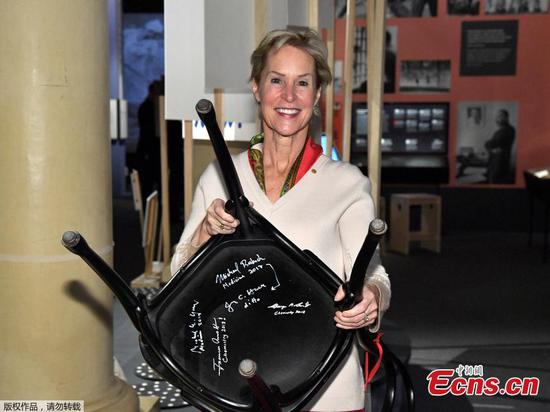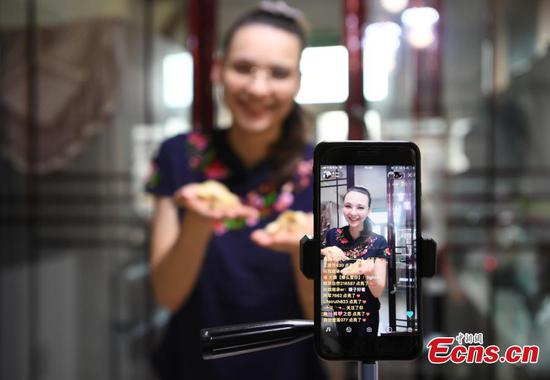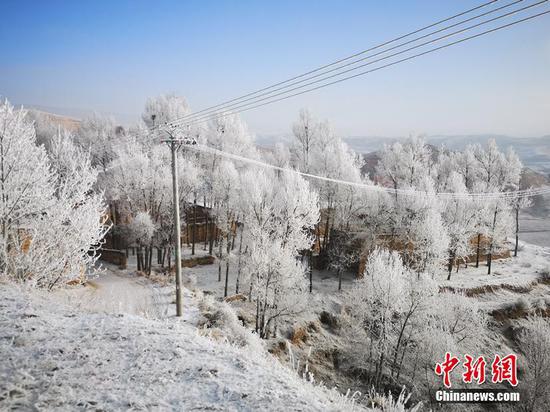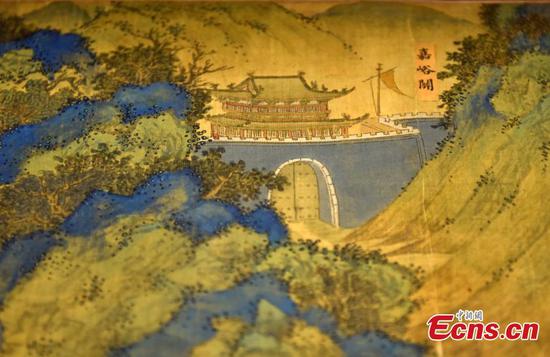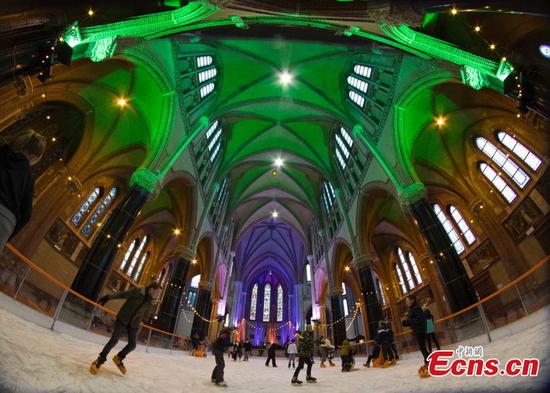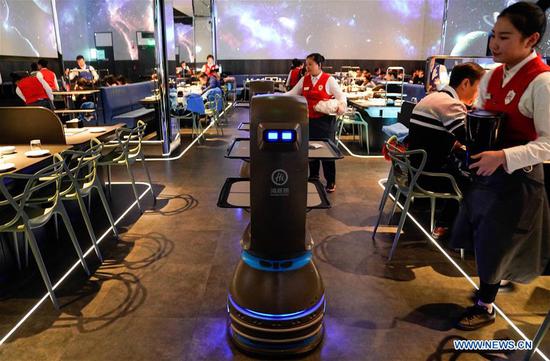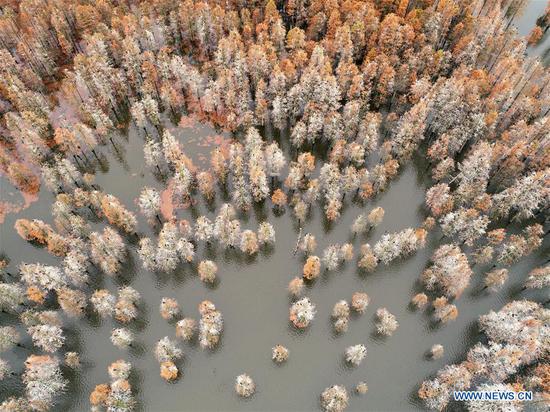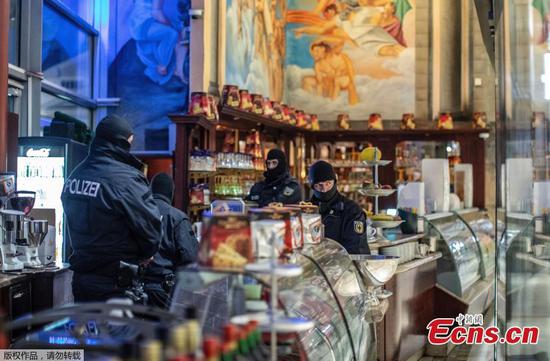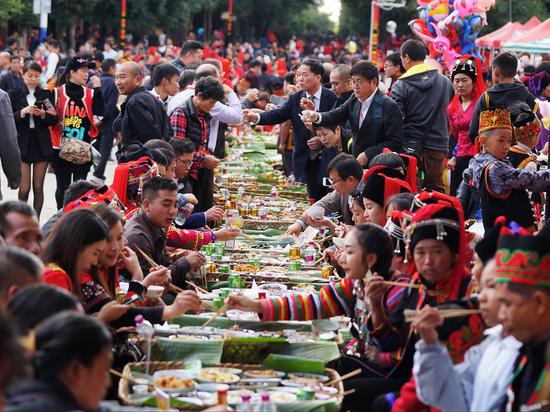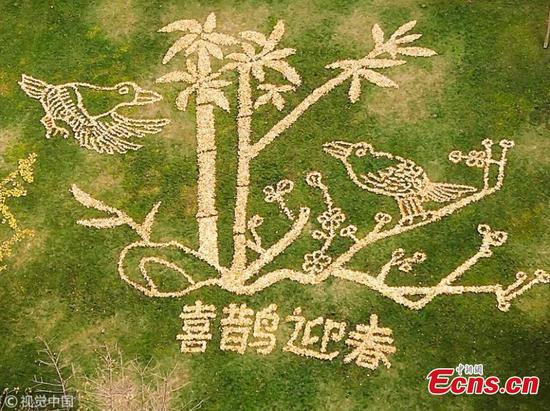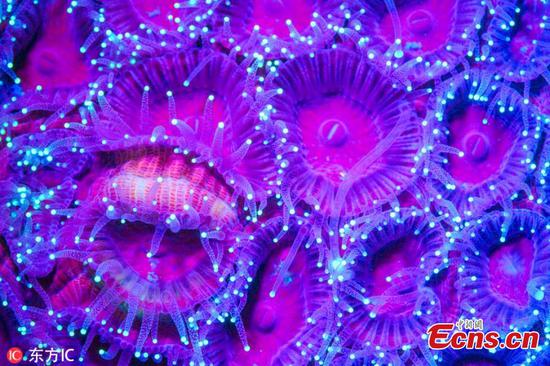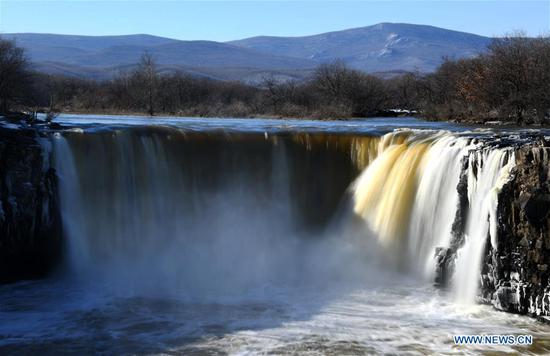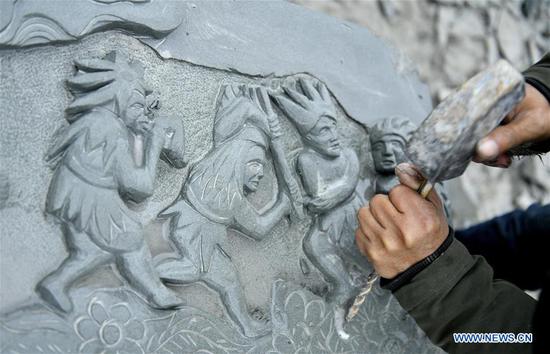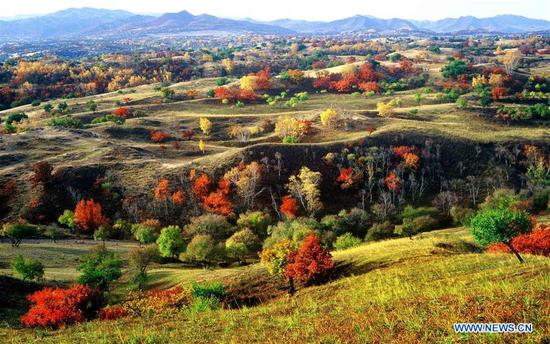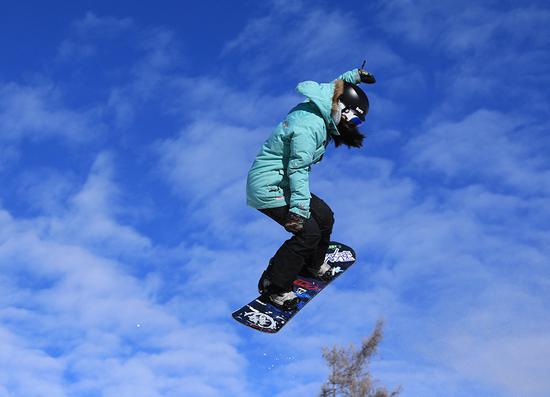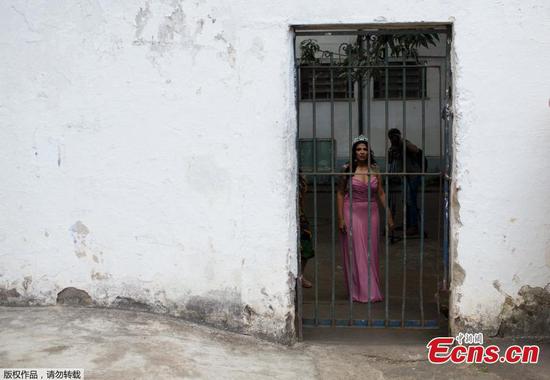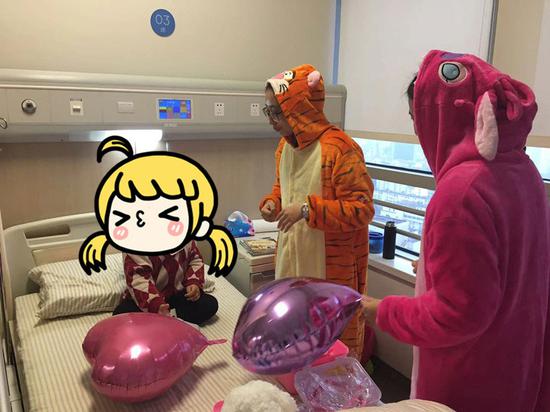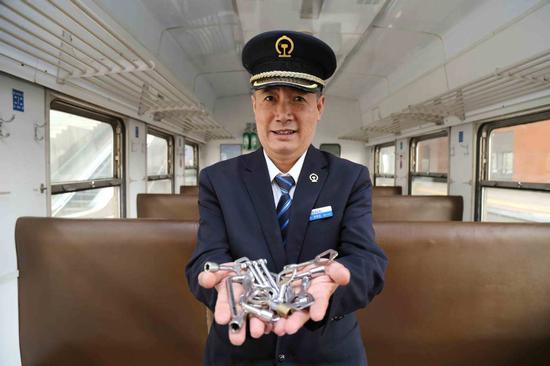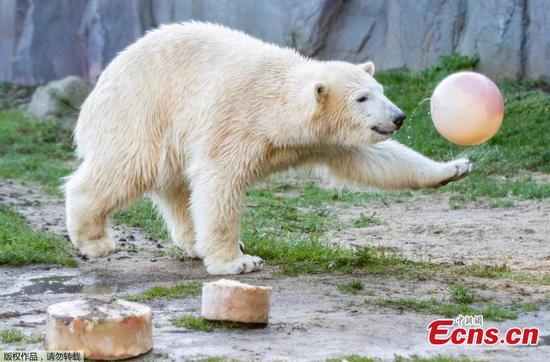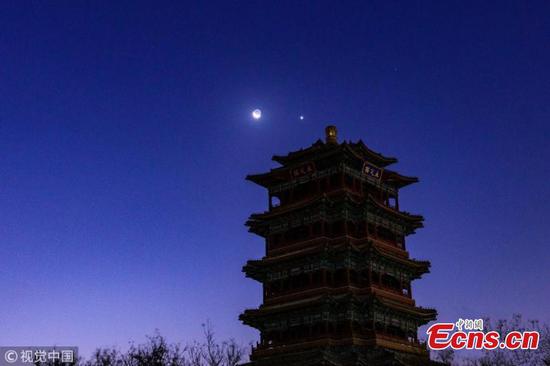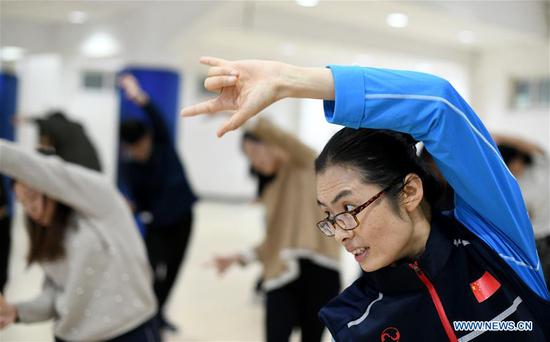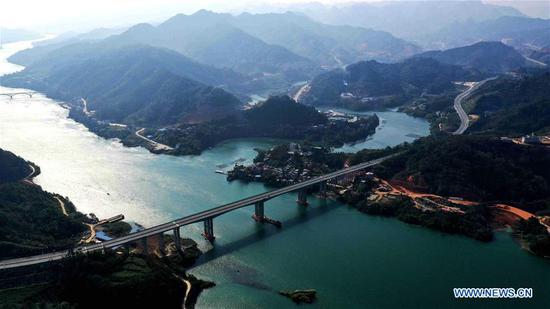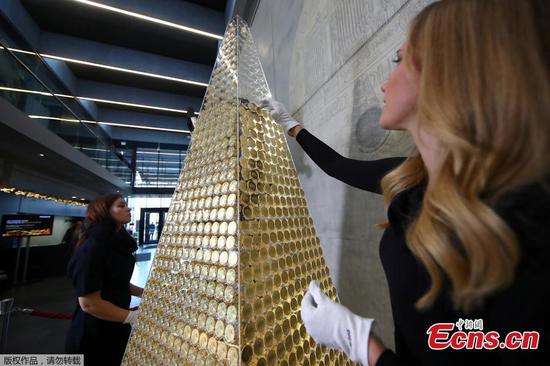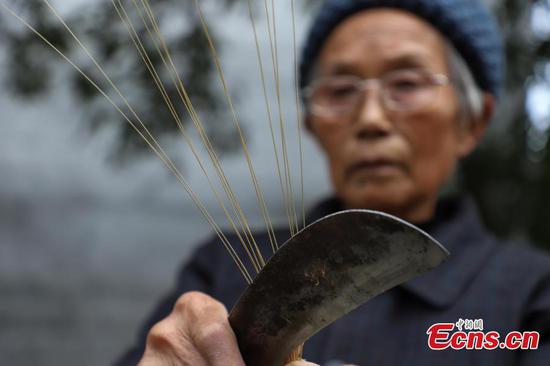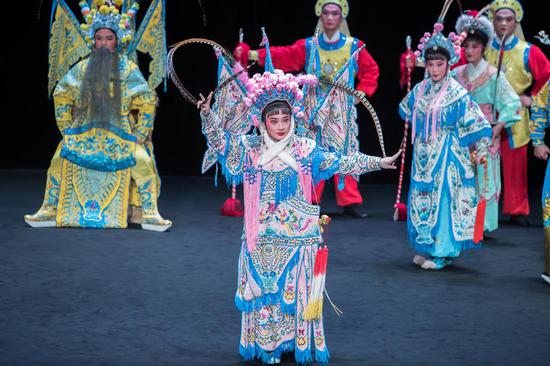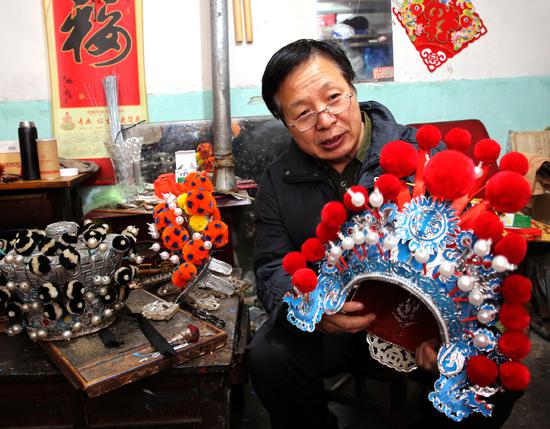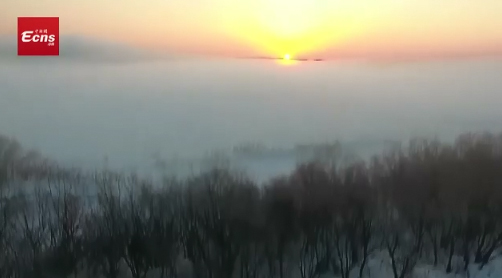The price of Nanjing 46, a type of Huaxi rice dubbed the tastiest in Jiangsu, doubled to more than 20 yuan per kilogram after it was grown using the techniques and experience used in Japan.
Chen was among the first group to be sent to the West Point Military Academy in the US for a nine-day training course in December 2014.
"I now have a deeper understanding of what duty, honor and country means. Most of all, I came to realize humanity is the most important element. It helped to shape and consolidate my leadership style - that is to cherish talent," she said.
At Jiangsu Huaxi Group, 39 percent of the top executives are nonlocals, 60 percent of the middle management come from many different areas of the country, and 92 percent of the grassroots employees are from outside the village.
While sending its talent on people-to-people exchanges, Huaxi receives 2 million visitors annually from home and abroad, including 400,000 who arrive in groups to learn from its experience, said Ge Xiaoyan, who works in the village's reception office.
Yonglian village in Zhangjiagang, Suzhou, offers a similar story to that of Huaxi, but with variations.
Zhang, the Regional Economic Research Center director, said, "Huaxi and Yonglian have grown simultaneously, both in similar and different ways. Both have made great efforts in upgrading and investing more on research and development to enhance their competitive edge."
A giant golden sculpture featuring four fingers and a thumb stands at the entrance to Yonglian, which lies on a tributary of the Yangtze River with residential buildings on one bank and a village hall and museum on the other.
The magic touch of Wu Dongcai, 83, the village's former Party chief, transformed Yonglian from poverty to one of the country's richest model villages over the past 40 years. The golden fingers sculpture is a symbol of Yonglian's unity and a mark of respect for Wu, who lost the little finger of his right hand during the Korean War (1950-53).
Incomes rise
It is hard to believe that this modern and beautiful community is still called a village. But it is not difficult to understand why Yonglian was chosen as the only Chinese village to feature at the Milan World Expo in 2015, and one of only two from the country to be included in the Shanghai World Expo in 2010.
However, 40 years ago, Yonglian was the poorest, smallest and most isolated river town in Suzhou.
Founded in 1970, and built on 46.6 hectares of reed swamp along the Yangtze, it had just 254 households, or 700 villagers whose average annual income was 68 yuan in 1978. However, in the same year, Huaxi residents had flush toilets, and the village's development story had been heralded as a success in a lead story on the front page of People's Daily.
Yonglian now covers 12 sq km and is home to 19,000 people, whose average annual income last year was 43,688 yuan, higher than China's urban residents' per capita income of 36,396 yuan and 2.5 times the average rural income in Jiangsu.
Yonglian has become one of the richest villages in Suzhou, ranking top among the 640,000 counties in China in terms of economic achievement, tax payments, ecological environment, legal progress and cultural advancement.









